America’s natural wonders were chosen to be national parks to preserve their majestic beauty. However navigating these famous locales with children in tow at the height of hiking season can be intimidating, even for the most intrepid parents. Luckily, with a little know-how about the right trails and times of year to plan a trip, a national park vacation can be the perfect adventure for any family. Here are the 10 best national parks for families and the best times to visit.
Editor’s note: Some services and events at these locations may be altered/halted due to the pandemic. Save these ideas for when it’s safe to travel again, and always follow all COVID-19 restrictions, rules, and safety regulations both at your destination and upon returning home.
1. Yosemite National Park
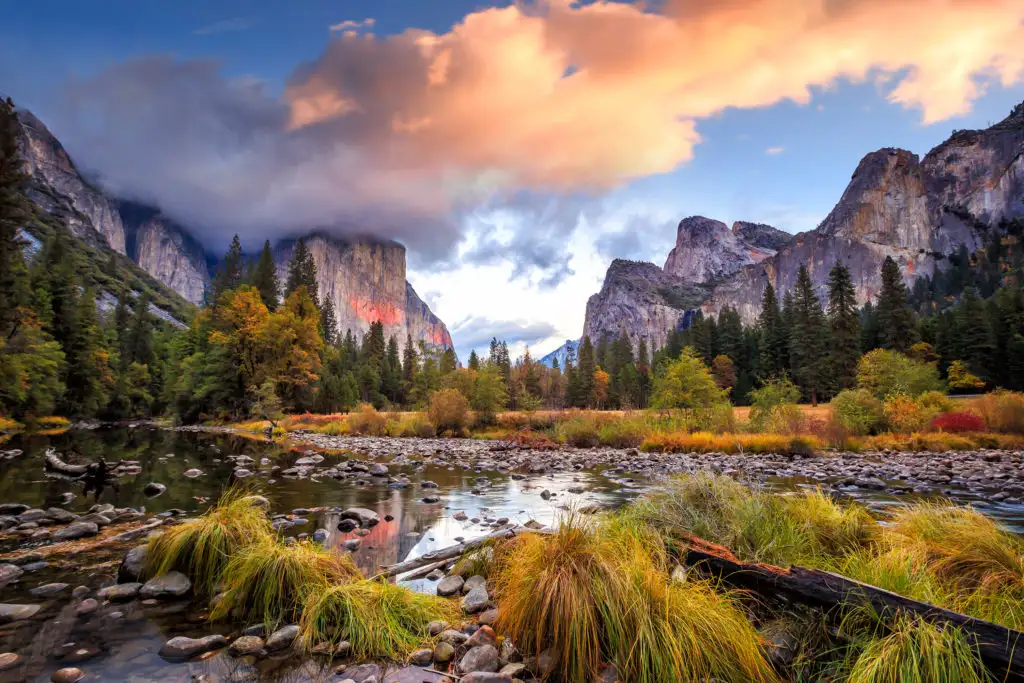
There’s a reason renowned photographer Ansel Adams made Yosemite his most famous subject. It’s hard not be mesmerized by Yosemite’s striking and varied landscape, from the granite cliffs and domes, including the legendary El Cap—a rite of passage for the top rock climbers in the world—to the colorful wildflowers that fill Tuolumne Meadows and the rushing rapids of the Merced River. Kids will never forget the opportunity to stand next to 200-foot high sequoia in Mariposa Grove, shadowed by these immense trees and their shaggy orange bark. For a good day hike, try Upper Yosemite Falls. Remember that Yosemite is a four-season getaway. While the roads are crowded in summer, come December, Yosemite is a tranquil winter wonderland. Snowshoe to the sequoias, cross-country ski on groomed track to 7,000-foot high Glacier Point, ice skate under the cliffs of Half Dome, and go downhill skiing at one of the oldest ski areas in California, Badger Pass.
2. Grand Canyon National Park
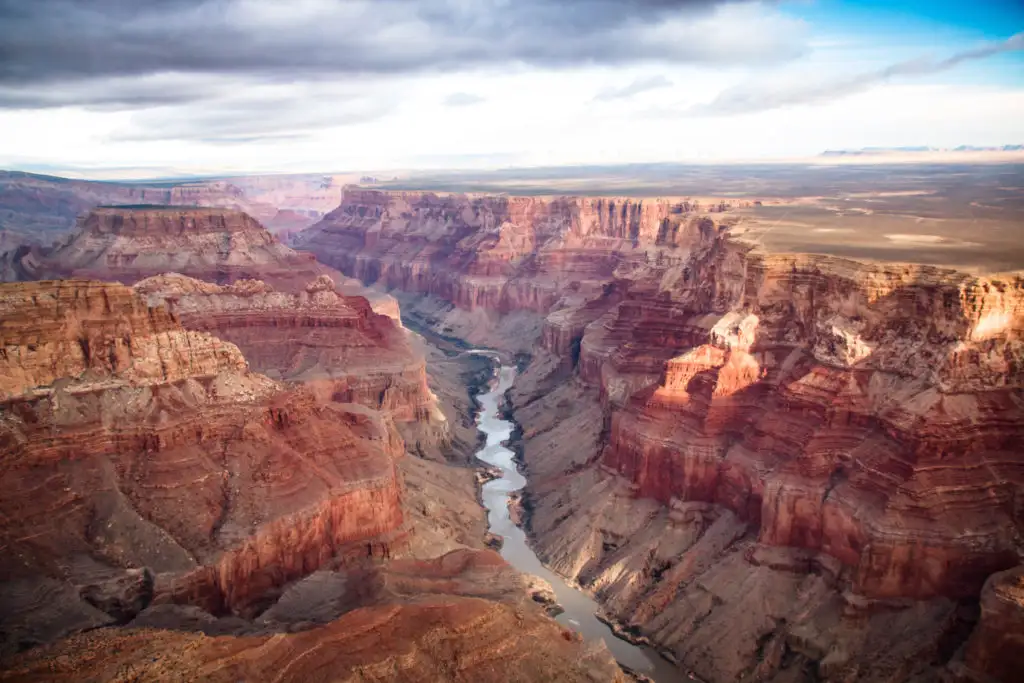
Most families make the mistake of driving to Grand Canyon, taking a peek down at the mile-deep canyon, and then leaving. To truly appreciate the Grand Canyon you need to spend some time walking into its depths. For starters, try the 1.5-mile South Kaibab Trail down to Cedar Ridge, which rewards you with exquisite views of the inner canyon as you smell the sweet pinyon pine. Or, for something completely different, try the mule ride down the Bright Angel Trail. Summer temps can be hot, especially by the Colorado River, which is significantly warmer than the rim. If you can delay your trip until September and October, temperatures dip to a comfortable high of 65 to 75 degrees. An added bonus is that these are the drier months.
3. Bryce Canyon National Park
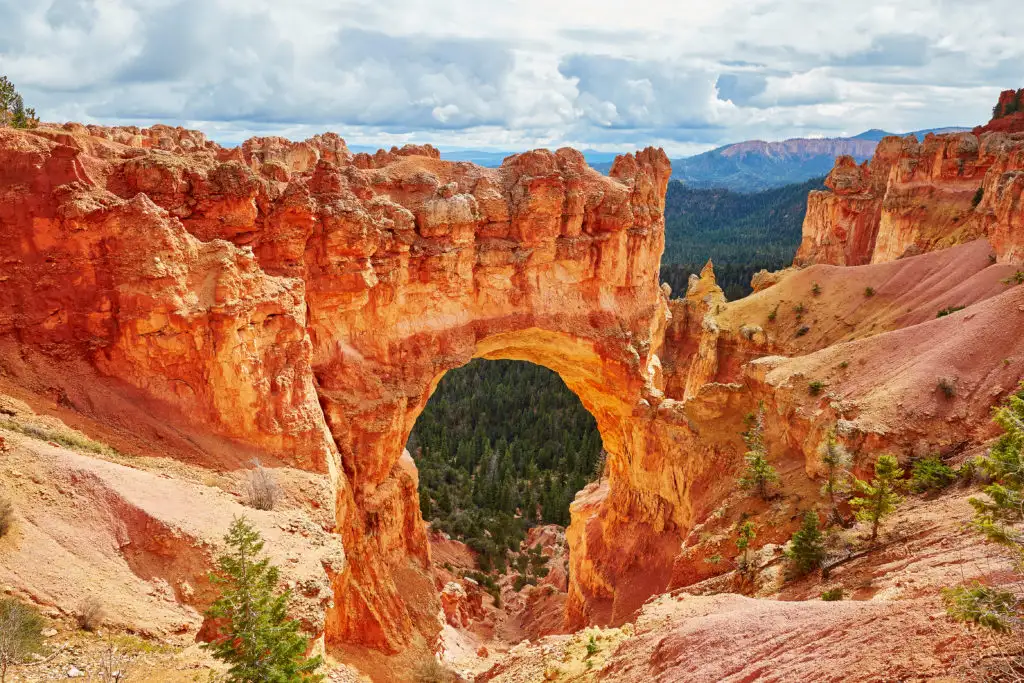
Like the Grand Canyon, Utah’s Bryce Canyon is one of the few National Parks that you look down in awe, instead of up at mountains and cliffs. Here, the highlight is the hundreds of hoodoos, colorful standing pinnacles that line the Bryce amphitheater. Inspiration Point is a good name for the peach, apricot, tan, white, and red rocks that stand at attention like people on a parade route. To get a closer look, stroll down the Queen’s Garden Route, a dusty stone path loaded with hoodoos. Summer is actually a good time to hit Bryce. Unlike other areas of southern Utah that are sweltering in July and August, Bryce’s elevation of 7,000 to 8,000 feet keeps the park relatively cool. If you want to take the family on a remote hike, try the 4.5-mile long Sheep Creek/Swamp Canyon Loop in Bryce’s backcountry.
Related: 10 Key Things to Know About National Park Reservations This Summer
4. Arches National Park
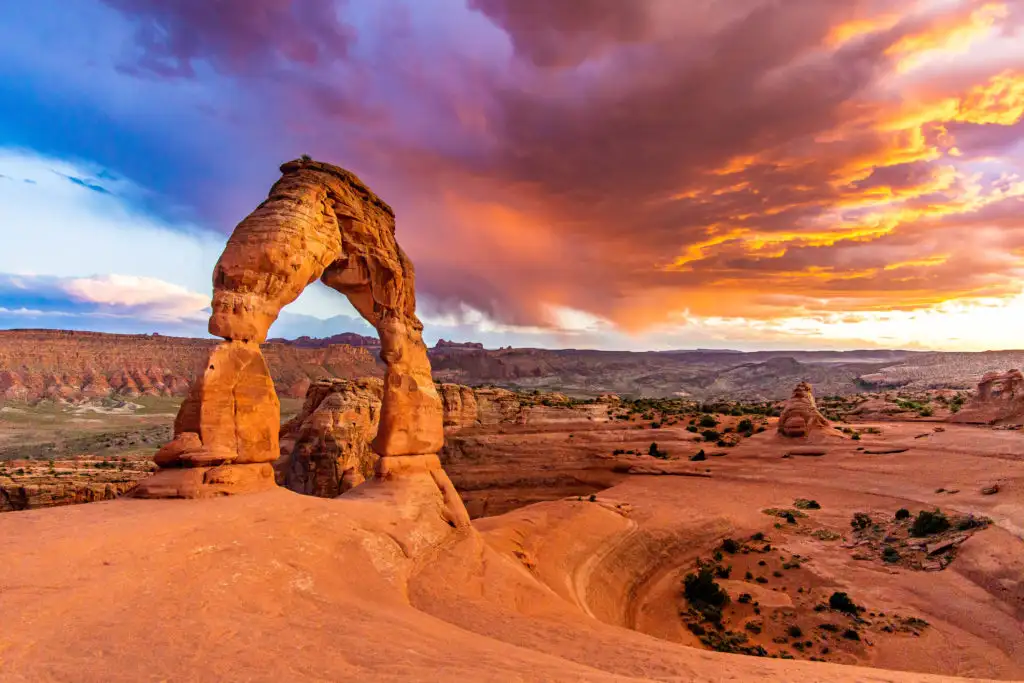
Located in southeastern Utah near the Colorado border, Arches is one of the smallest and most inviting of all the national parks. It’s also one of the most breathtakingly beautiful. Walk the sandy trails and you’ll find astounding stone arches and rock formations each more spectacular than the last. The park notes that they have more than 2,000 arches in all. Families with small kids should take the easy walk to Sand Dune Arch as a warm-up, where a large sand pit under the arch is the ideal natural sandbox. Then try the 1.9-mile (round-trip) hike to the long sliver of arch called Landscape, where the trail is relatively hard packed and flat. The Delicate Arch Trail is for older kids only, on a somewhat steep and slippery route that is favored by long lizards. Arches is near Moab, one of the nation’s best mountain biking hubs, if you want to do some riding outside of the park.
5. Rocky Mountain National Park
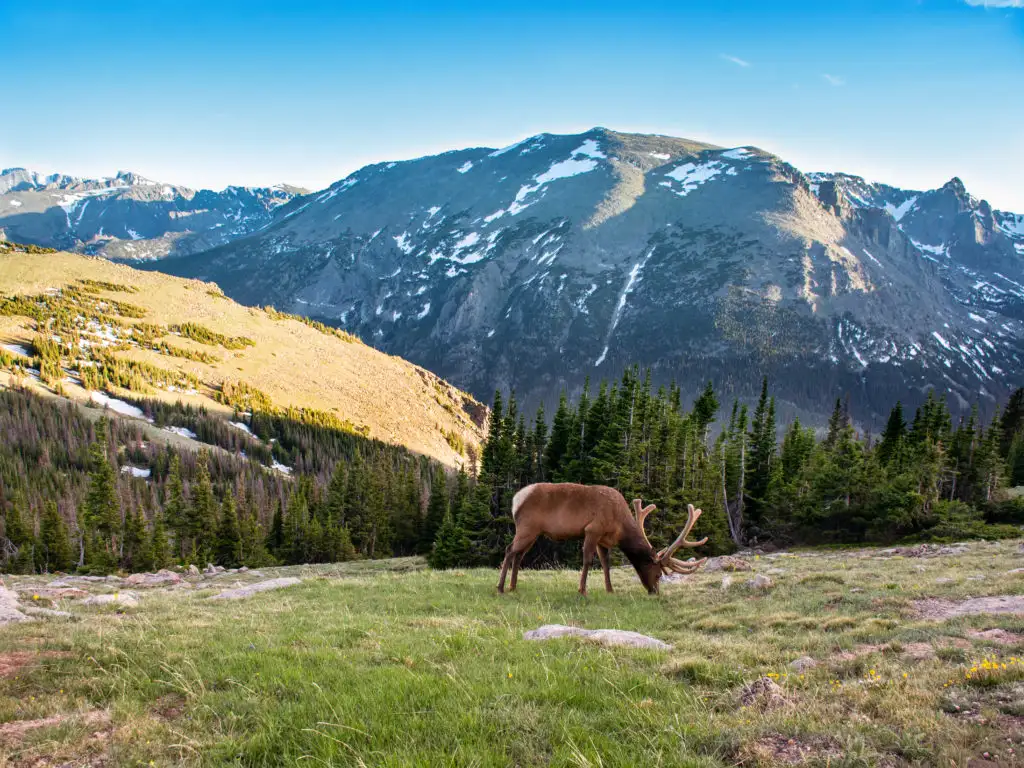
You don’t have to worry about leaving the crowds behind at this national park. With more than 350 miles of trail, all you have to do is hike a mile in from the road and you’ll be savoring the carpet of trees. With a mind-boggling 77 peaks topping 12,000 feet, Rocky Mountain National Park also has more than enough space to accommodate all those bighorn sheep, mountain goats, elk, moose, and fuzzy marmots that call this parcel of paradise home. You can find many of the big animals at a mineral lick near Sheep Lake at Horseshoe Park. Afterwards, hike down the Old Ute Trail for amazing vistas of the 14,259-foot flat summit of Longs Peak. Another good day hike for the family is on the Colorado River Trail, a perfect blend of water, trees, and mountains.
6. Yellowstone National Park
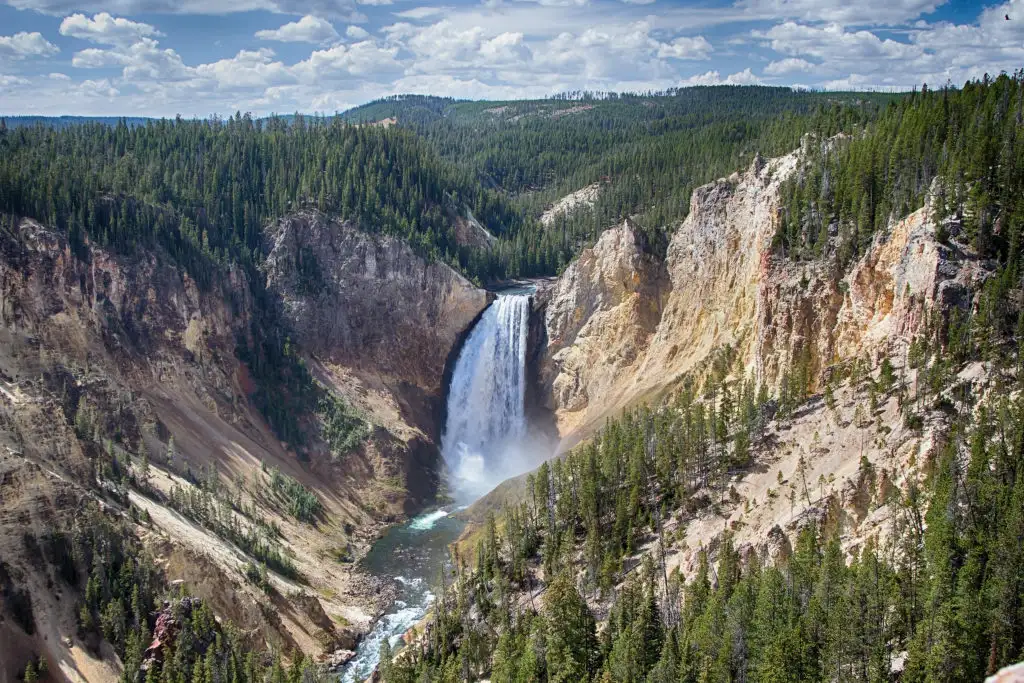
On the Wyoming/Montana Border, Yellowstone is the country’s first and arguably finest National Park. One day you’re watching Old Faithful, a towering geyser, erupt. The next day you’re going eyeball to eyeball with buffalo, elk, and moose. Make sure you get out of the car and off the popular loop road. Better to spend your day in the Hayden Valley, a favorite wildlife hangout far away from the road. If you like to fish, you can throw out your line for trout in some of the clearest waters you’ll ever see. In addition to Old Faithful, you’ll find a historic dude ranch specializing in horseback riding and fly-fishing excursions, canoe rentals, and a favorite local hot springs.
Related: The 5 Best National Parks for Wildflowers
7. Theodore Roosevelt National Park
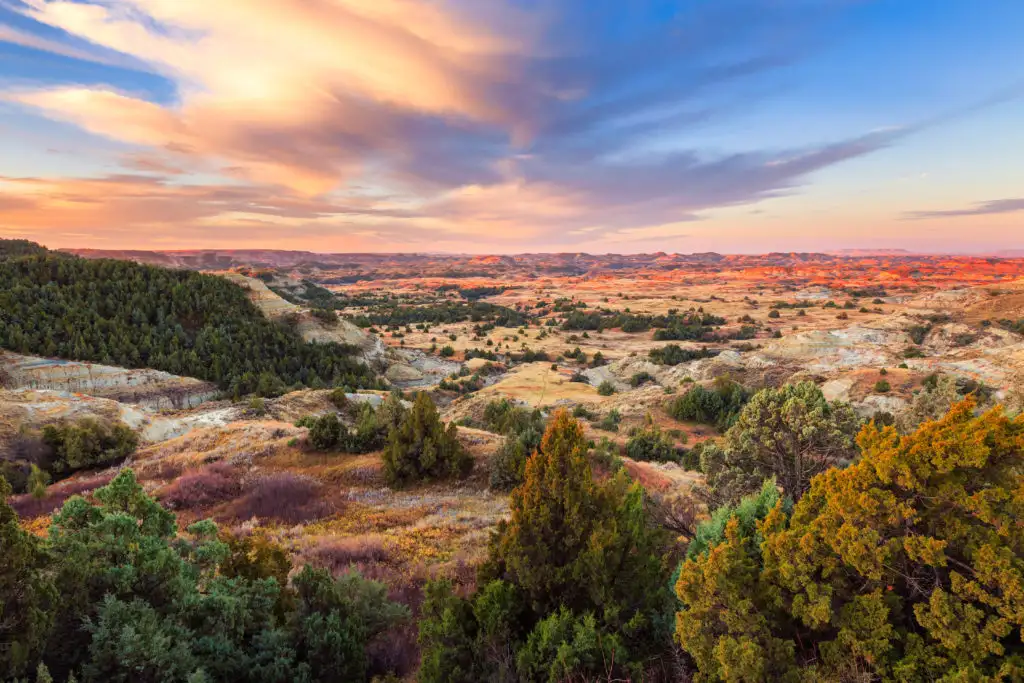
“I would never have been President if it had not been for my experiences in North Dakota,” Theodore Roosevelt once remarked while reflecting on the influences of his life. The prospect of big game hunting had initially lured Roosevelt to the Badlands in September 1883. Yet, when he arrived, the last large herds of bison were gone, having been decimated by hide hunters and disease. Today, the mighty bison once again roam the Great Plains. And Roosevelt would be happy to know that the National Park that bears his name in southwestern North Dakota is home to one of the largest herds. Some 600 of these 2,000-pound creatures roam the North and South Units of the park amidst a maze of buttes and canyons. Other wildlife includes wild horses, elk, and those cute prairie dogs that pop out of their holes like bread in a toaster. One of the most popular ways to traverse the South Unit of the park is on horseback, or you can canoe a stretch of the 17-mile Little Missouri River.
8. Voyageurs National Park
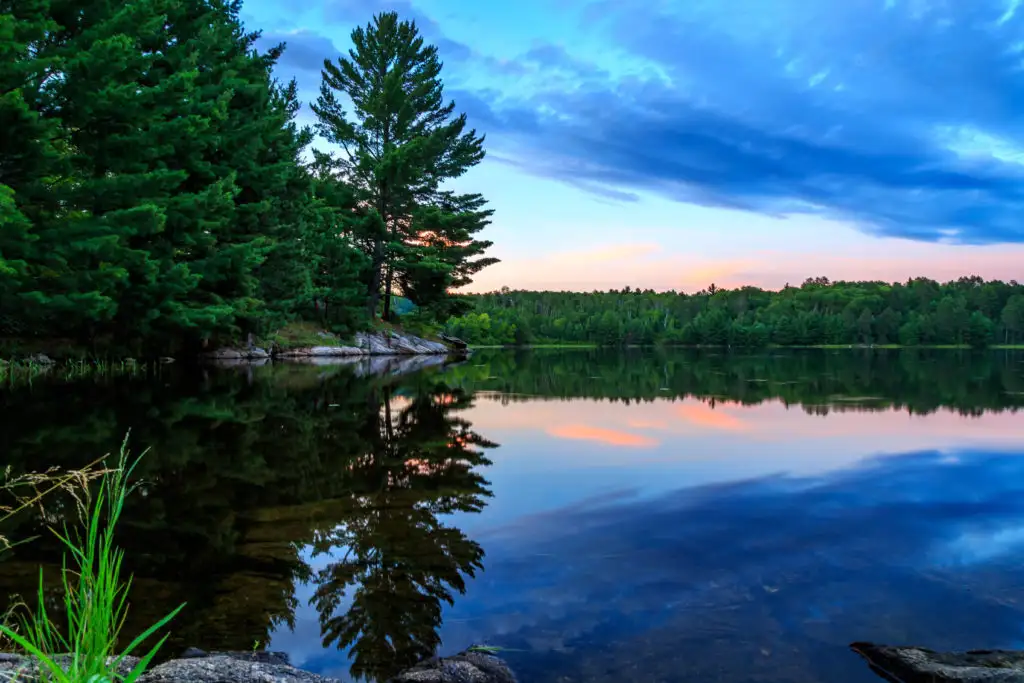
If you really want to leave the world behind (no televisions, computers, cell phones or laptops) and bond with your family in a natural setting, then you should check out Voyageurs. Situated in northern Minnesota, near the Canadian border, Voyageurs is a paddling paradise where you can canoe for days on four immense lakes, rarely seeing another human. In their place are moose, beavers, and bald eagles. Many people camp, bringing their tents and food inside their canoes. There are many outfitters renting canoes and equipment in the nearby town of International Falls, or you can venture out with one of the many guides in the region.
9. Shenandoah National Park
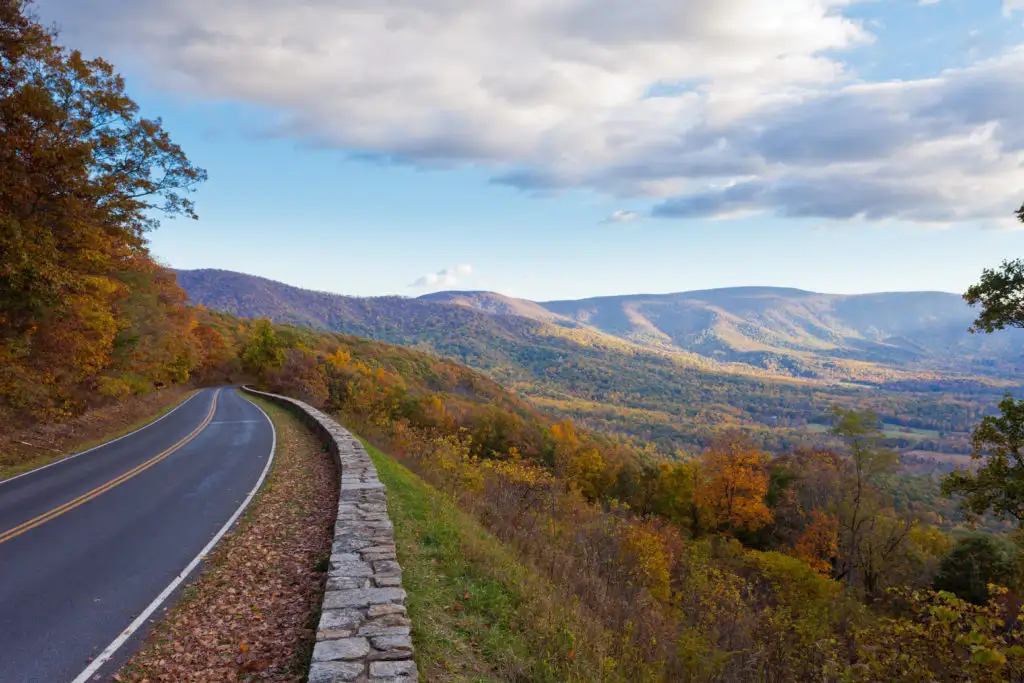
Hemmed in by mountains on either side and bisected by a river, Shenandoah National Park is an idyllic mix of water, valleys, and peaks. The 105-mile-long Skyline Drive rides atop the spine of the Blue Ridge Mountains and leads to many of the Park’s noted hikes. Try the White Oak Canyon Trail, a 5-mile trek that snakes through high hemlocks into a deep gorge that’s home to six waterfalls. Or head down in the valley to paddle past farmland and forested slopes on the Shenandoah River. Fall is even more popular than summer at Shenandoah. Head there in the spring, however, and the weather’s a bit cooler, the wildflowers are starting to bloom, and it’s much more peaceful. If you crave solitude, try one of the more challenging day hikes in the park, Little Devil’s Staircase, known for its lost-in-the-woods appeal.
Related: The 7 Least-Visited National Parks
10. Acadia National Park
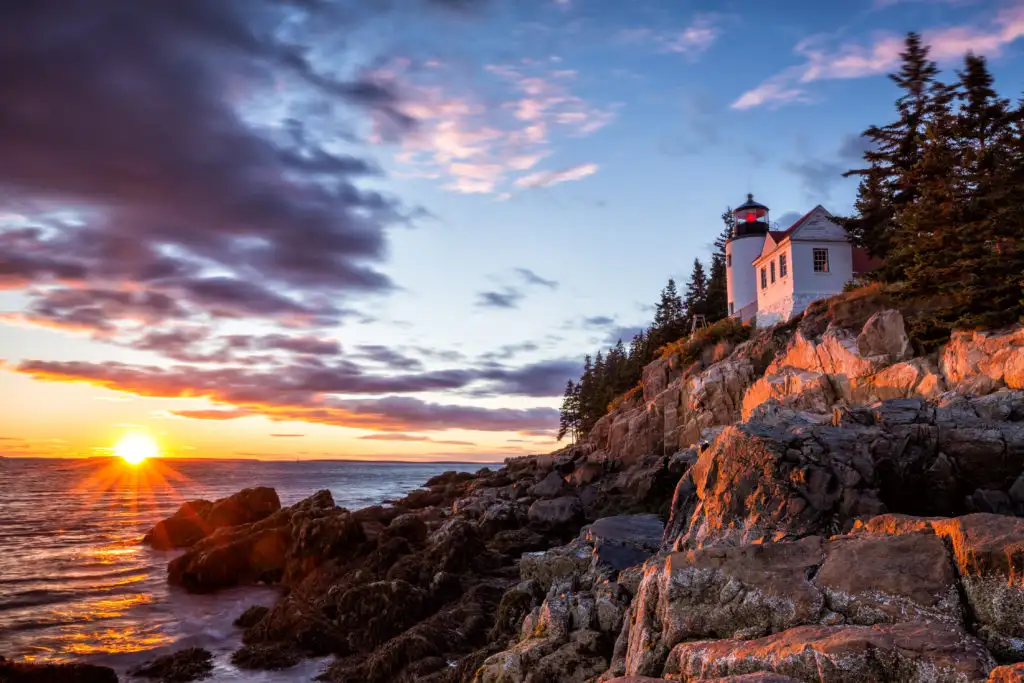
With the highest mountains on the Atlantic coast north of Brazil, slicing fjords, deserted offshore islands, and 64 miles of rugged shoreline, it’s easy to understand how Acadia became the sole National Park in the northeast. Acadia’s dense forests and small rambling peaks are located primarily on Maine’s Mount Desert Island. Bike on the carriage paths, hard-packed gravel trails, around the shores of Eagle Lake, under tall firs, and over century-old stone bridges. A hike to the summit of 1,529-foot Cadillac Mountain rewards you with views across the Atlantic and the lobstermen picking up their catch. Head to Acadia during fall foliage and the maples on Mount Desert Island turn red, orange, and yellow. An added autumn bonus is that the black flies and mosquitoes are a distant memory. The best foliage is found on the North and South Bubble trails, off the Park Loop, and the Amphitheater Loop, a carriage path trail close to the town of Northeast Harbor. After a day outdoors, have the family reward themselves with a Maine clambake, including lobster, steamers, corn on the cob, and a cup of New England clam chowder.
Written by Stephen Jermanok
You Might Also Like:
• 8 Best Water Shoes for the Beach• 11 Best Road Trip Games for Families
• 11 Best Kids Headphones for 2021, According to Expert Advice
• The 6 Best Travel Tips for Families of Children With Disabilities
• The 9 Best Aquariums to Visit in the U.S.
Our team of parents and travel experts chooses each product and service we recommend. Anything you purchase through links on our site may earn us a commission.






